BoC Deputy Governor Toni Gravelle said in a speech that in the near term, Omicron triggered a sharp drop in oil prices. But further out, “given its potential to restrain the transition to more balanced consumption patterns between goods and services, it could exacerbate upward price pressure on the goods that are experiencing supply constraints.”
“Supply chain disruptions and related cost pressures continue to be an important upside risk,” he added. BoC will “conduct a full assessment of this risk in January when we update our projection for the economy and inflation.”




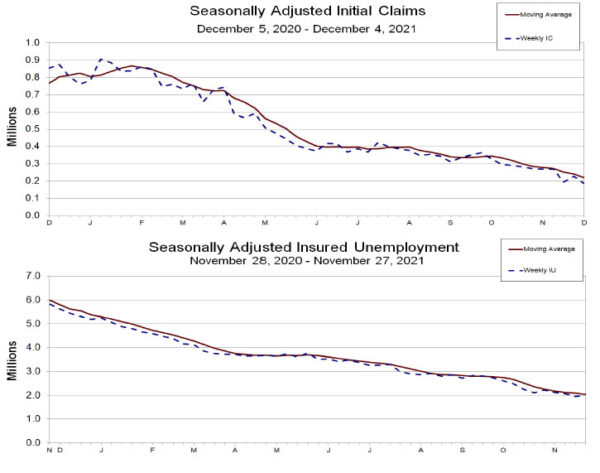
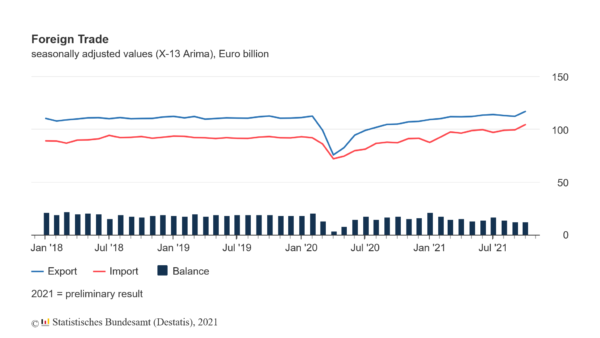
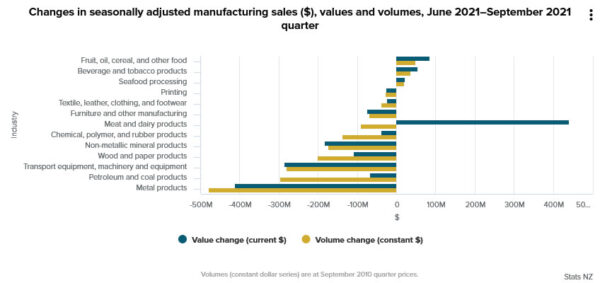
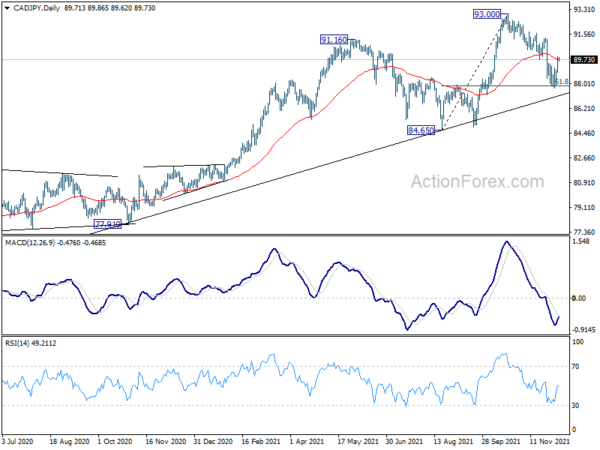
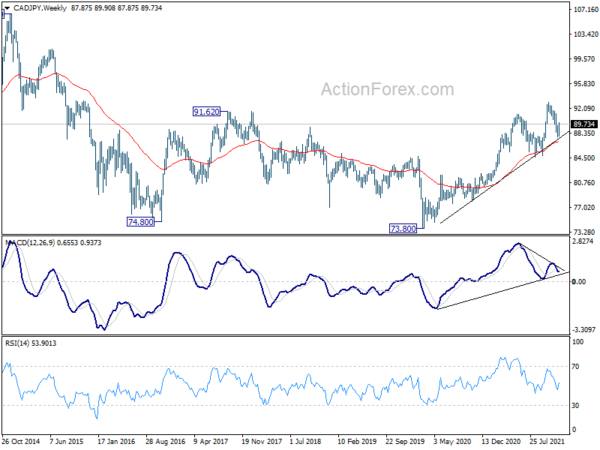
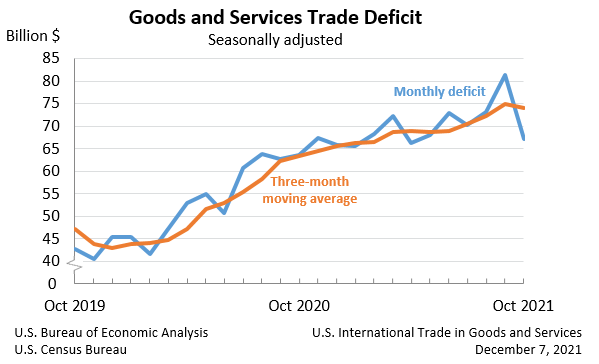
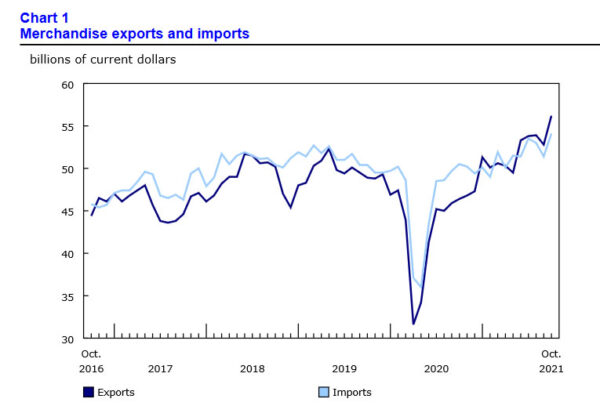
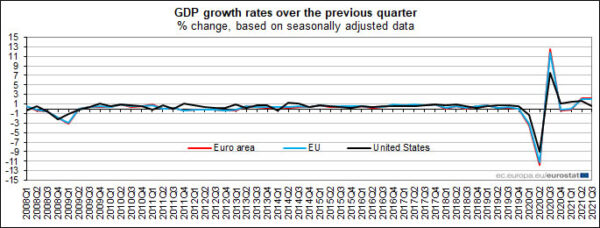
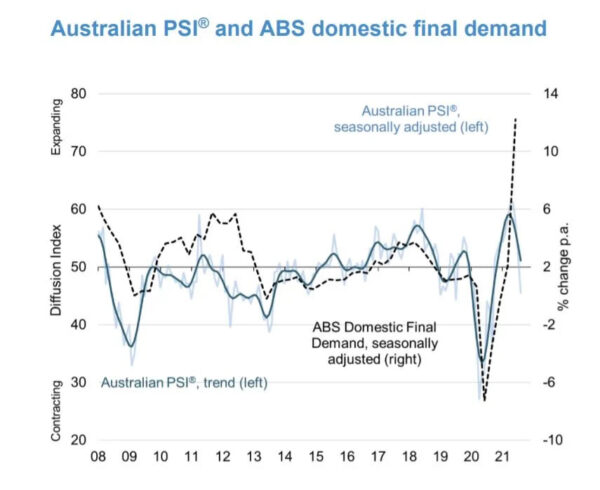

New Zealand BusinessNZ manufacturing dropped to 50.6, soft growth and rising inflation
New Zealand BusinessNZ Performance of Manufacturing index dropped from 54.3 to 50.6 in November. Looking at some details, production dropped from 53.2 to 52.2. Employment dropped from 51.7 to 48.2. New orders rose from 54.2 to 54.7. Finished stocks dropped from 54.6 to 48.3. Deliveries dropped from 59.9 to 42.9.
BNZ Senior Economist, Doug Steel stated that “the PMI implications for economic (and employment) growth seem clear – soft. But with obvious difficulties remaining on the supply side, we’d suggest that inflation is still rising.”
Full release here.